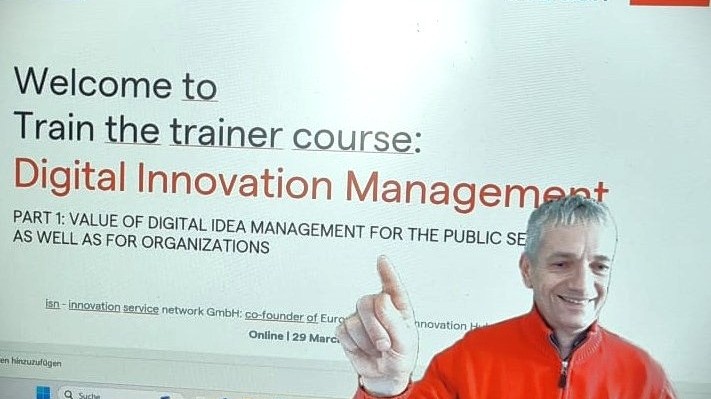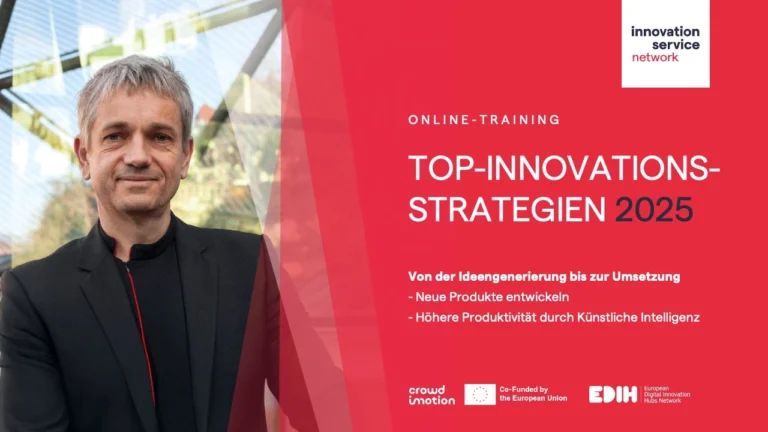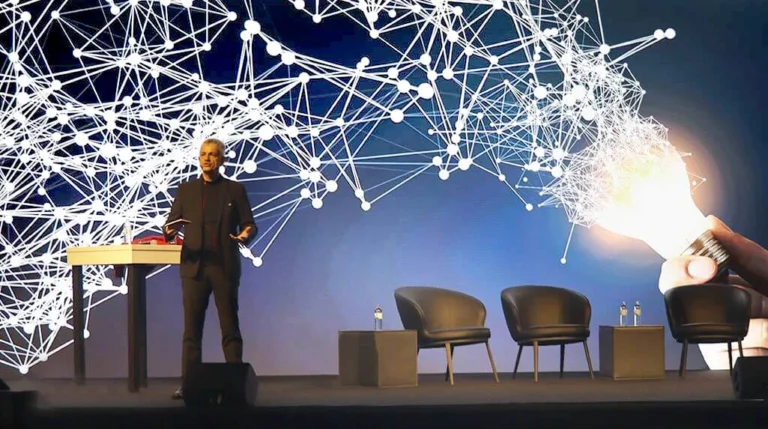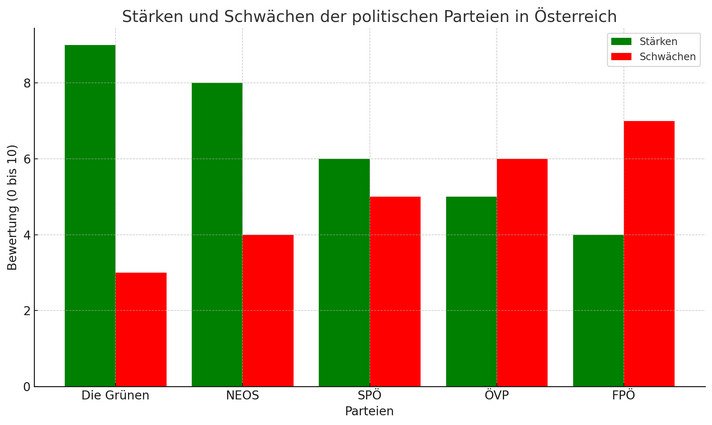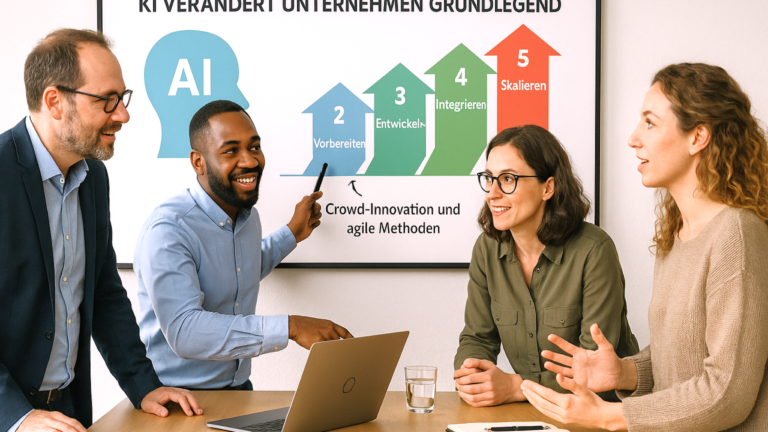
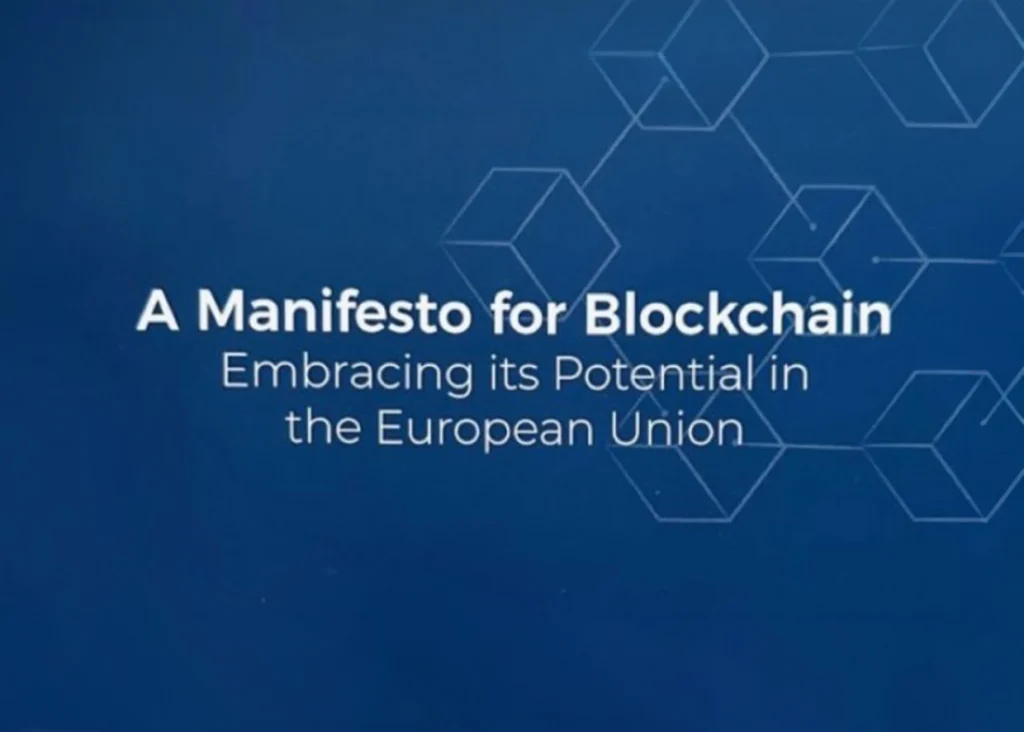
Blockchain innovation - more than just a technology
After intensive days in Brussels with a focus on "Blockchain for Industry", I have decided to interrupt the series "In 10 steps to an innovative company" for a change and share a brief summary of my impressions. The aim of this article is not to explain the technology, but to shed light on the current status of application perspectives, initiatives and future opportunities.
To sum up: blockchain is coming of age and provides the future basis for trust in many innovations. Four leading blockchain initiatives in the EU, European Crypto Initiative, INATBA – International Association for Trusted Blockchain Applications, Blockchain for Europe and the European Blockchain Association e.V. have therefore published a joint manifesto as part of the blockchain conference organized by DG GROW of the European Commission.
This is associated with a call to all thought leaders to support this manifesto. In view of the upcoming elections and the political changes that Europe will experience in 2024, this is particularly important now in order to provide important impetus for innovation in new government programs.
The "Blockchain for Industry" conference took place on 9.11.2023 in Brussels at the invitation of the European Commission's Directorate-General for Internal Market, Industry, Entrepreneurship and SMEs. The morning was organized by DG GROW under the leadership of Dr. Joachim Schwerin - expert on the digital transformation of industry - and the Crowd Dialog network . Michael Gebert and I were invited to present our point of view from an innovation and network perspective.
All EC Directorates General have presented their current blockchain projects and blockchain initiatives. The EC adopted the MiCA (Markets in Crypto Assets) regulation in April 2023. MiCa is due to come into force in 2024 and thus bring more security to the crypto assets application area.
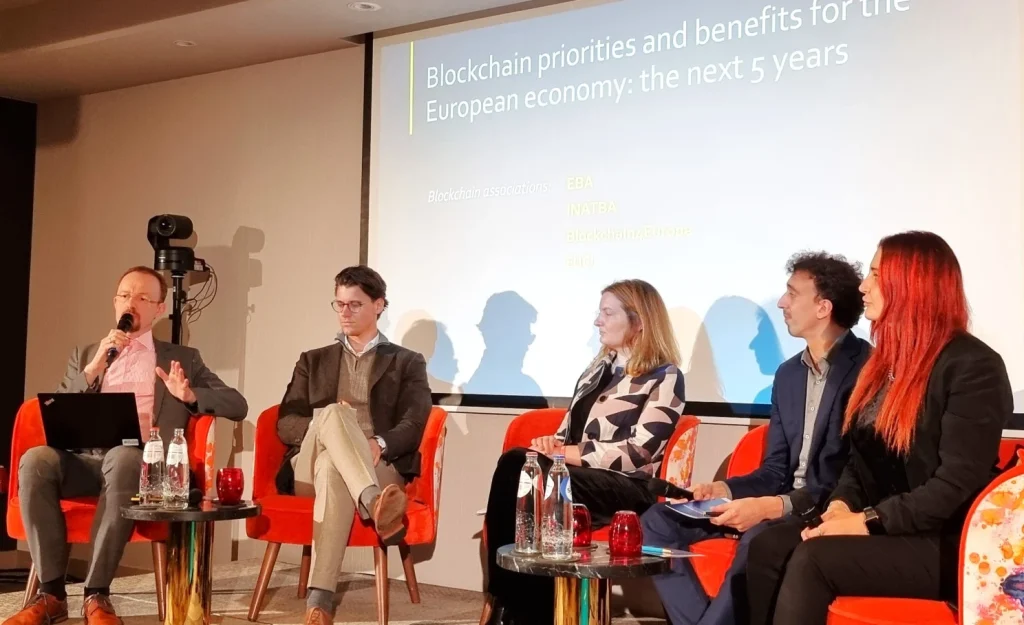
In the afternoon, following introductory presentations by Amaryllis Verhoeven (GROW), Ondřej Kovařík (European Parliament) and Mathieu Michel (Belgian Secretary for Digitization), the most important areas of application and perspectives of blockchains were discussed in several panels:
Blockchain is more than just a technological advance. Blockchain symbolizes a positive and innovative potential in a time of significant change. Although initially focused on IT and finance, blockchain goes far beyond digital innovation in financial services: it is also about creating a better internet (Web3), one that provides a solid framework for unprecedented transparency, trust and citizen participation.
Automated blockchain-driven mechanisms, including smart contracts, tokenization of real assets and data verifiability, will enable new forms of collaboration and promote inclusive, participatory decision-making processes. DAOs are a new form of organization for companies as an interactive network. Digital value carriers (tokens) and pre-programmed agreements that are automatically executed by computers provide a new operating system for very open organizations. Hierarchies could thus become increasingly less important.
Blockchain offers new opportunities to achieve our global climate goals. Solutions for transparent tracking of CO2 emissions, green supply chain management and decentralized energy networks. It can also support 'smart cities'. Blockchain is a tool that can make our industry greener, our consumption more sustainable and transparent and our commitment to the environment stronger.
Many interesting projects and consortia were presented at the conference. Local initiatives or EU projects are available as partners in almost all EU nations, and I would like to present some of them as examples:
The Europäische Infrastruktur für Blockchain-Dienste (EBSI) aims to harness the power of blockchain for the public good. EBSI is an initiative of the European Commission and the European Blockchain Partnership. Use cases for proving the authenticity of documents are currently on the agenda.
The core task of CHAISE is to develop a strategic approach for the development of blockchain skills for Europe. The project now offers free online training courses on blockchain (MOOC).
BlockStand promotes the increased participation of European experts in standardization activities for blockchain and DLT (Distributed Ledger Technologies). The project aims to create an online blockchain community made up of all stakeholders.
The ABC-Blockchain Center was founded in 2019 by 5 Austrian universities. The ABC sees itself as a one-stop-shop research center for blockchain and related technologies. The funded services for Austrian companies range from R&D and strategy development to the implementation of prototypes.
Europe is in danger of falling behind North America and Asia in the global race for the future digital economy, as the dependence on foreign digital service providers and the low number of Unicorns and start-ups compared to these regions already shows. This race is characterized by the development of smart technological innovations that bring unique opportunities, applications and new value. The value of technologies such as artificial intelligence, virtual reality and robotics has long been recognized here too. AI in particular is currently being heavily hyped.
The blockchain can serve as a technologically realized basis of trust for the convergence of all these technologies so that they can build on each other and form the framework for the future digital economy. In a future "metaverse" - a new type of virtual world - all of these technologies will be used and interlinked. Large sums are currently being invested in this topic in the USA.
From an innovation perspective, "smart contracts" and changes to the system architecture in particular offer potential for innovation. The change in value chains from centralized to decentralized provides new opportunities and simplifications. Organizations that currently play a central role as "trust brokers" will therefore have to take an innovative step in the near future. After the initial impetus for the application of blockchain technology was in the financial sector, we are already seeing movement there. The pressure in this sector is increasing, particularly due to new solutions coming from start-ups.
Decentralization has also already arrived in the energy sector, where blockchain applications are being used to enable neighbor-to-neighbor energy trading in the low-voltage range, and much more.
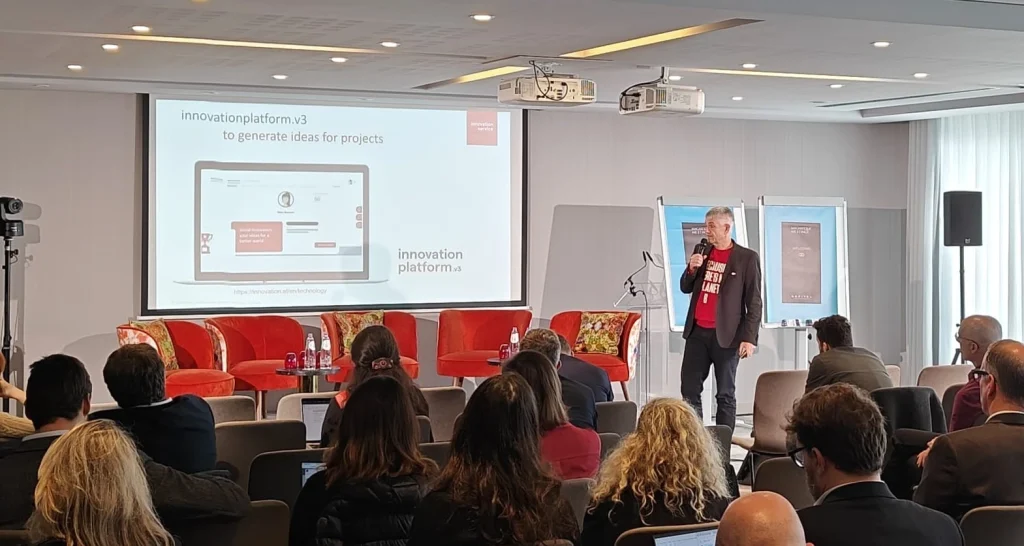
The "pay-per-use" application area is making its way into industry and is based on blockchain technology. Automated data and payment flows thus enable digital business models and provide new perspectives in the use of industrial machinery and for flexible investment and usage scenarios. The development of applications and business models using blockchain technology will therefore also increasingly occupy operational innovation management.
Even if the word "blockchain" is still often associated exclusively with "Bitcoin" in the wider public debate and is associated with a waste of energy and mistrust, this could change rapidly in the next few years. The latest generations of distributed ledger technologies, which include blockchain, require no more power than other web applications and they are also much faster. Hedera, for example, is one of these representatives of the 3rd generation of DLT solutions. The areas of application are diverse and go far beyond the field of cryptocurrencies. Above all, blockchain provides the basic technology for Web3, the Internet of Value.
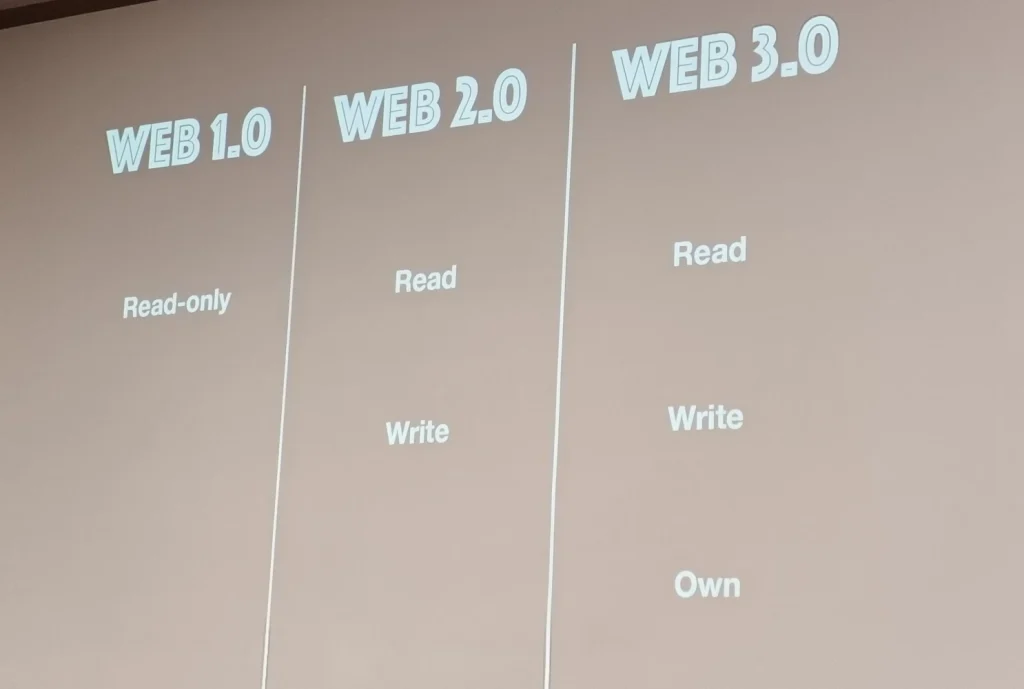
The original form of blockchain was developed back in 1991 by Stuart Haber and W. Scott Stornetta. They came up with the idea of encrypting and linking documents in data blocks using hash values and time stamps. It was not until 2009 that this principle attracted a great deal of interest with the white paper „Bitcoin: A Peer-to-Peer Electronic Cash System“. This white paper was the first to explain blockchain and Bitcoin in a coherent manner. It is still unclear who is behind the pseudonym Satoshi Nakamoto.
In my view, it is currently very important to focus on DLT training in order to build up a minimum level of internal knowledge. This starts with top management in order to understand whether blockchain can be used sensibly in their own company and to be able to make future-oriented decisions. This is why we at isn - innovation service network decided back in 2018 to help set up the DEC Institute in Rotkreuz, Switzerland, and establish an international standard for DLT training.
The DEC Institute currently offers the highest training and certification standard for blockchain technologies, digital assets and Web3. This standard is being continuously developed by the international research partners and owners. The DEC-Association, which was founded in parallel, brings together many brands, organizations and minds in the international blockchain scene to regularly exchange knowledge on DLT.
Die Schweiz ist mit dem „Crypto Valley“ ein Anziehungspunkt für Unternehmen und Gründer:innen geworden und ist damit ein „Hot Spot“ mit großem Wissensvorsprung. The well-known Etherium framework was developed in Switzerland under the leadership of Russian Vitalik Buterin and is now one of the most widely used blockchain technologies thanks to the availability of smart contracts for the first time. Diese Offenheit für Innovationen zeichnet die Schweiz bis heute aus.
The Austrian government program 2020 at least provided for the creation of a master plan for blockchain technology and cryptocurrencies. All 151 European Digital Innovation Hubs (EDIH) and especially the four national EDIHs in Austria can be approached as partners for digital innovations. They provide expertise and services for the digital transformation.
What significance does blockchain have for your company? Do you already have expertise in the development of applications? Which areas of application could be interesting?
As always, I look forward to your feedback and wish you a relaxing and creative Sunday!
Reinhard Willfort, Innovation Doctor, www.willfort.at
What can Blockchain technology be used for? What advantages are associated with it? Does your organization already have expertise in this area? Blockchain's ability to improve data security, trust and immutability makes it an ideal solution for connecting different technologies and systems. These include cross-platform applications, machine learning and AI models, IoT devices, supply chain networks, healthcare data, energy grids, digital identity solutions and many more. This newsletter provides a review of the current "Blockchain for Industry" conference, which was organized by the European Commission in Brussels on 9 November, and provides an outlook on this topic for companies.


